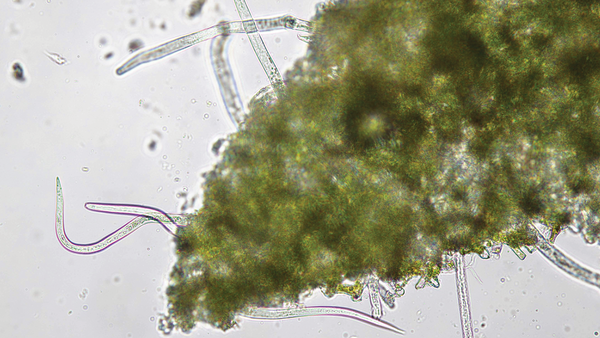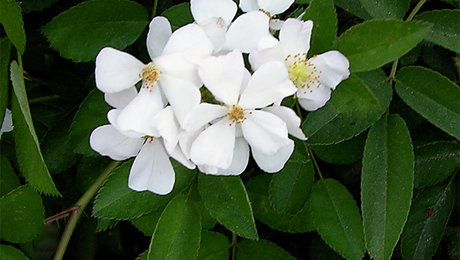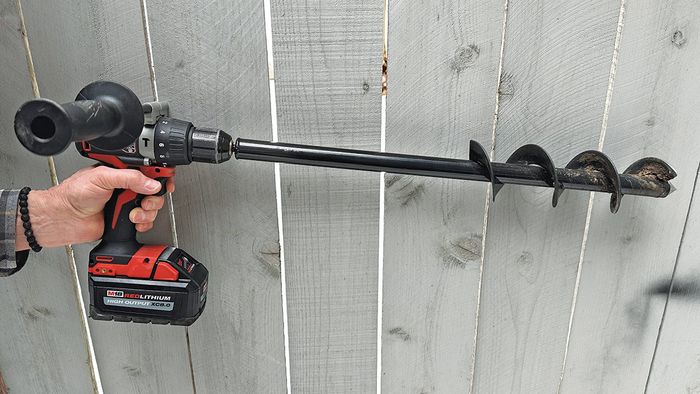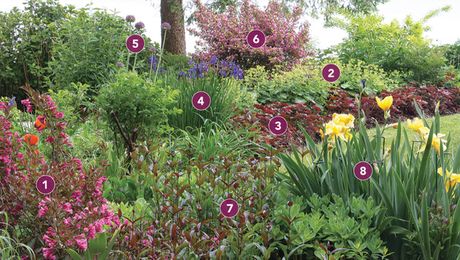
Welcome to our third and final post in our series on Rose Rosette Disease (RRD). In our first post we talked about the history of RRD and addressed the rumor that The Knock Out Roses are to blame – something totally untrue. In our second post we talked about steps you can take to prevent it from occurring. In this post we are going to talk about what you can do if you get it.
Sadly, very little.
There is no “cure” for RRD that you can use to treat a rose once it’s infected. However, if you act quickly you might, just might, be able to save the rose. To understand why this might work it’s important to understand what happens once RRD infects the plant.
The mite that transmits RRD prefers the softer, young foliage found on top of the plant. This is generally where you will see the first signs of the disease. For whatever reason it seems to start by infecting only one cane – leaving the other canes unaffected. This is the first key.
The second key is to understand that RRD appears to travel very slowly through the plant. Therefore, if only one cane is infected it means the disease has to travel through the plant from the top of that cane, to the base of the plant and then up to the rest of the plant. It won’t jump from leaf to leaf unless the mites do.
Using this knowledge I’ve been about 50% successful in saving plants infected with RRD. The method to do so is quite radical and you can’t be shy or do it halfway.
If you see RRD on the top of a cane follow that cane to the ground and cut it out completely. Don’t hesitate and don’t over think it. Just do it!
If you were able to act quickly enough you removed the infected cane before RRD got into the base of the plant and traveled up into the rest of it. Be aware, it could be a year before you know if you succeeded so be vigilant. Hopefully, however, you got it in time and that’s that.
Which brings us to the question, what if you didn’t get it in time and it does spread to the rest of the plant. In this case there is only one thing you can do.
Grab a shovel and dig out the entire bush roots and all.
Get every bit of plant you can and especially the roots. Any new rose planted in that spot may intertwine with infected roots of the old plant and get RRD. It pays to be thorough in this case.
A few more things I want to say about RRD before we close this series off.
First, those of you who have read my writings know I sometimes make fun of the “rule” of dipping your pruners in bleach between cuts when pruning. I do think that is silly but of course there is an exception to every rule and this is one of those. When cutting, or working, on roses with RRD sanitize your tools in bleach when you are done.
Secondly, I’d like to pass along an experiment someone I know is doing. Instead of cutting out just the cane on infected roses, they are also cutting out a section of the bud union or base of the plant the cane was attached to. This apparently an old arborist trick and it will simply heal over. He’s tried it with several roses and so far they are staying clean. We have no idea if this will work all the time but if you get an infected rose and are willing to try it, send us the results.
RRD is no fun. I should know as I just tore out my mature Flamenco Rosita plant, leaving a huge hole in my garden. While, I’m not happy about that, I also know there are other things that can kill plants besides RRD. I’m just going to be vigilant and deal with it when it comes. And if I do have to dig out a rose there is only one way to react.
Go rose shopping!
Happy Roseing
Paul

















Comments
I have RRD on three knock out roses. I plan on removing them and replacing them with more roses. Do I need to treat the soil with a mitacide or something prior to planting new roses?
I have observed that rose canes growing thru galvanized wire fence do not seem to be badly affected by RRV. Using that as my starting point, I drove zinc galvanized nails into the base of each major stem of my roses. I saw a substantial improvement. Roses that were not affected did not get RRV; roses that were in the earliest stages were in many cases able to fight off the RRV. I have no scientific proof this works, but it might be worth a try. Zinc is known to inhibit some viruses; I think it works in this case. I would welcome some controlled experiments testing this theory.
I have a some roses that have had issues with this. I'll try your trick with the nail.
Also as some advice in return, Neem Oil is prized for controlling spider mites, which are apparently the vector for this disease. Applying it won't save the infected plants, but it should greatly slow the spread of the disease. You'll need regular applications to get them all, and I'd recommend also using a hydrogen peroxide mixture. Those two will kill the mites and their eggs.
I think it is a different mite, not spider mite, that spreads the virus.
The dirtdoctor.com has an article about this disease and I think it's worth a shot, to those that want to try to salvage their plant, especially, as in my case, not all of my roses are affected and this is a focal point in my yard that I don't want to lose. https://www.dirtdoctor.com/garden/Rose-Rosette-Newsletter_vq3835.htm
Log in or create an account to post a comment.
Sign up Log in